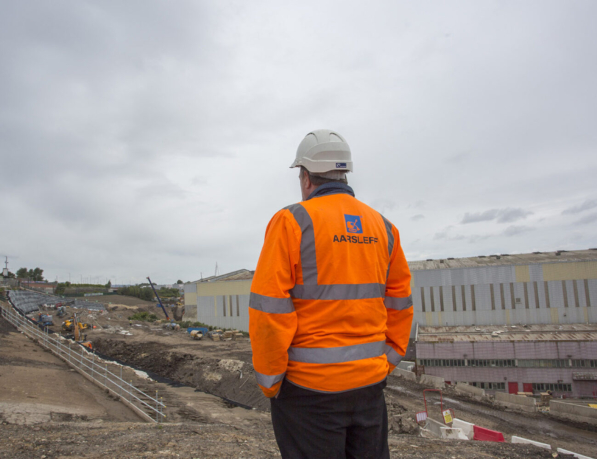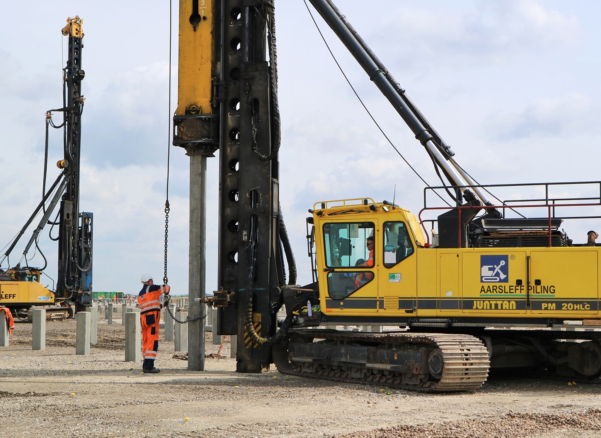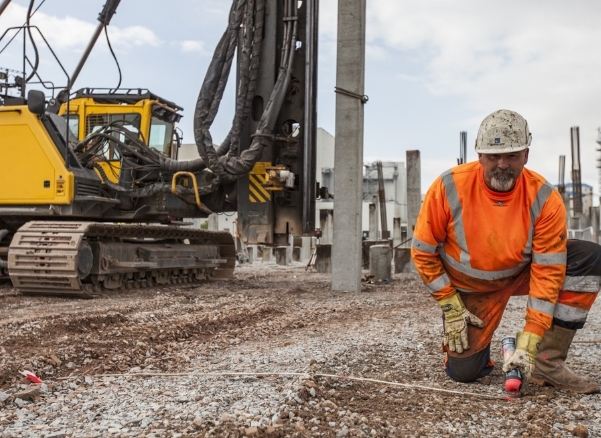Retaining Wall Foundation Depths
Understanding Retaining Wall Foundation Depths
The foundation of a retaining wall, also referred to as the footing, serves as the base for the wall and plays a crucial role in evenly distributing the load to the underlying soil. When designing and constructing a retaining wall, one of the most critical factors that engineers must consider is the depth of the foundation. A sufficient depth is vital for ensuring the wall’s stability and longevity. Shallow foundations can cause several issues such as tilting and collapsing, risking the wall’s integrity and leading to costly repairs.

How Deep Should a Retaining Wall Foundation Be?
While there is no one-size-fits-all answer as to how deep a retaining wall foundation should be, there are specific factors that can influence the depth of a foundation including:
- Height of the Wall – A common rule of thumb is to bury at least one-third of the total height of the wall below the ground level. For instance, a foundation depth of at least 1 metre is recommended for a 3-metre wall.
- Soil Type – The type of soil can significantly impact the foundation depth. For instance, clay soil tends to exert more pressure, requiring a deeper foundation. On the other hand, sandy soils provide better drainage and are less prone to shifting, allowing for shallower foundations.
- Groundwater Conditions – Groundwater conditions can also impact the foundation depth. High groundwaters can result in hydrostatic pressure behind the wall, requiring deeper foundations to ensure stability. Adequate drainage systems, including weep holes and perforated pipes, can help manage groundwater and reduce the required foundation depth.
- Intended Use and Load – The intended use of the wall also matters. If the wall will be subject to additional loads (vehicles, landscaping or structures), deeper foundations may be required to handle these stresses.
How to Find The Accurate Foundation Depth?
To determine the accurate depth for a retaining wall foundation, consider the following guidelines:
- Perform Soil Testing and Groundwater Analysis – Before construction begins, perform a geotechnical investigation to determine groundwater conditions, soil types and their load-bearing capacities.
- Follow Building Regulations – Consult with local building authorities and follow building regulations regarding foundation depth to ensure compliance and safety.
- Assess The Environment – Evaluate local environmental conditions such as rainfall patterns and vegetation, which may impact both the soil’s stability and the retaining wall’s design.


Get a quote
For more information about Aarsleff Ground Engineering or to send in your enquiry,
call 01636 611140 and speak to an expert member of our team today.
The Latest. News, podcasts & projects






